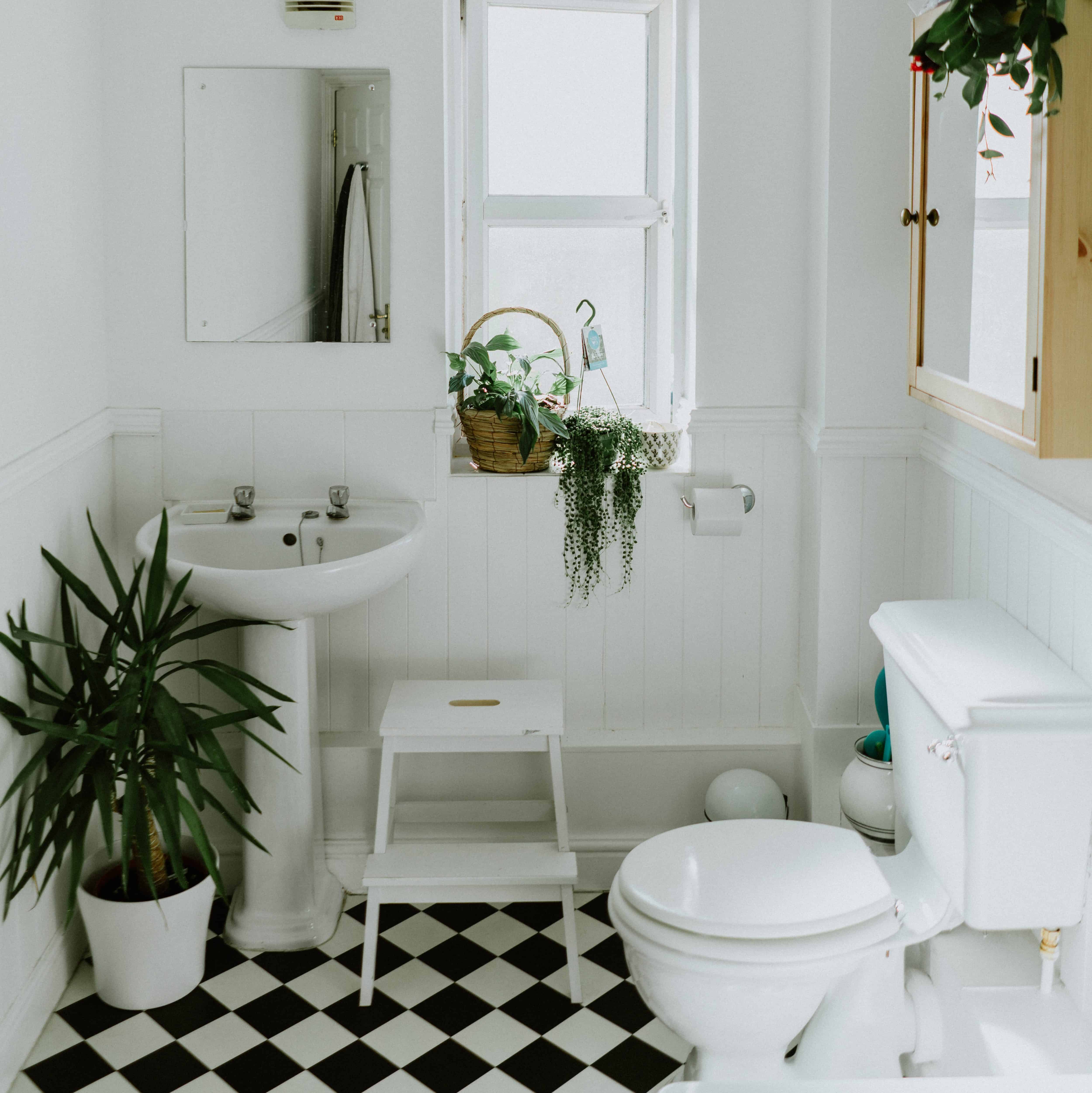Toilet or bathroom is the area in your house that receives water daily due to showers or baths, it is therefore the most vulnerable to water leakages. It is crucial to have good quality waterproofing systems, properly installed in your bathroom during renovation or construction to prevent hefty repair costs in the long run. Waterproofing is not as simple as buying off-the-shelves and applying the coating onto your toilet. In this article, we will discuss the process and points to take note of when waterproofing a toilet.
Firstly, surface preparation is of utmost importance. Waterproofing membranes are unable to bond to dirty or poorly prepared surfaces and any poorly bonded waterproofing membranes will is unable to perform and keep its waterproofing properties. As such, all substrates and surfaces must be cleaned and free of any loose particles such as dirt, dust etc. The substrates must also be appropriately primed before application of the waterproofing membrane (in accordance to manufacturer’s instructions) to enhance the strength of bond. This part of the waterproofing process is usually neglected by contractors which is detrimental to the success of the waterproofing system. A poorly prepared surface will lead to premature failure of waterproofing systems and this is preventable. Ensure that your waterproofing contractor carry out a proper surface preparation before moving on the application.
Choice of the type of waterproofing system plays an important role in determining success as well. There are many different types of waterproofing systems and method available in the market, the contractor must understand the properties and usage of each individual waterproofing systems and apply them to the appropriate areas. For example, a toilet waterproofing is generally that of a cementitious-based system. If a contractor uses a waterproofing system that is not suitable for the constantly damp and moist condition of a toilet, the waterproofing will fail. It is important to use the appropriate system at the right place.
Furthermore, application procedures matter as well. Most liquid-applied waterproofing membranes require a “criss-crossed” motion of application to enhance the strength of the cured membrane. If a contractor applies in a single directional fashion, the strength and lifespan of the waterproofing membrane will be negatively affected.
Protecting the waterproofing membrane plays an important role as well. For concealed waterproofing membranes, a layer of protective screed is required on top of the cured membrane. This is to protect the membrane from being exposed to the weather and extending the lifespan of the membrane. For exposed waterproofing systems, it is generally recommended to enhance the strength and bond of the membrane by introducing fibre mesh reinforcement. After fibre mesh reinforcement, the exposed waterproofing system is better able to withstand wear and tear.
In conclusion, it is very important to ensure that the waterproofing system in your toilet is properly installed so that it can have a good lifespan and protect you from potential costly repairs.



